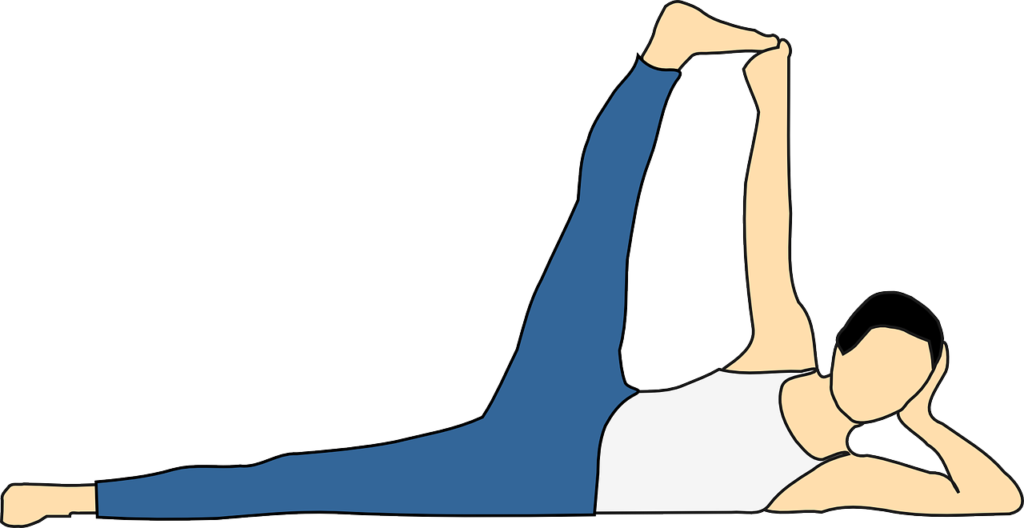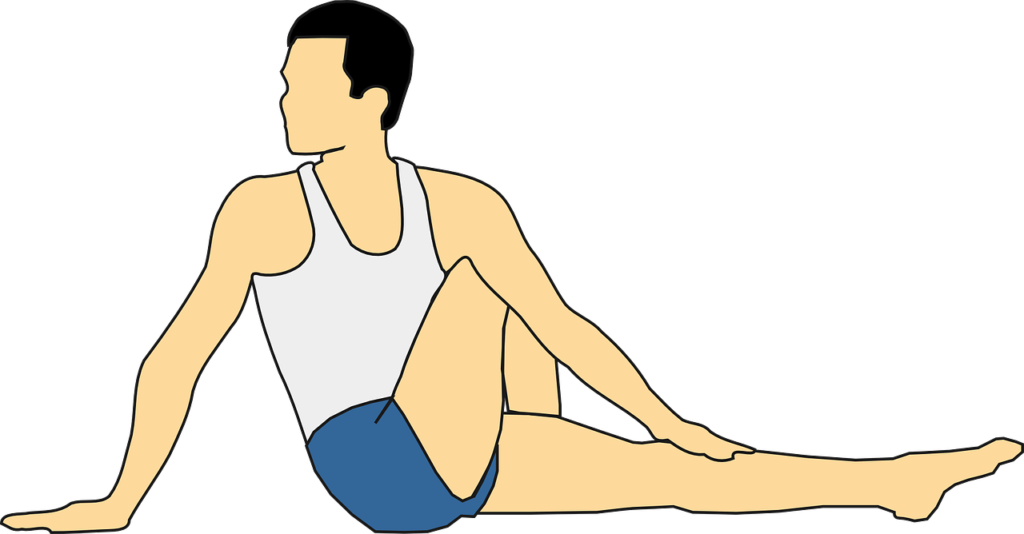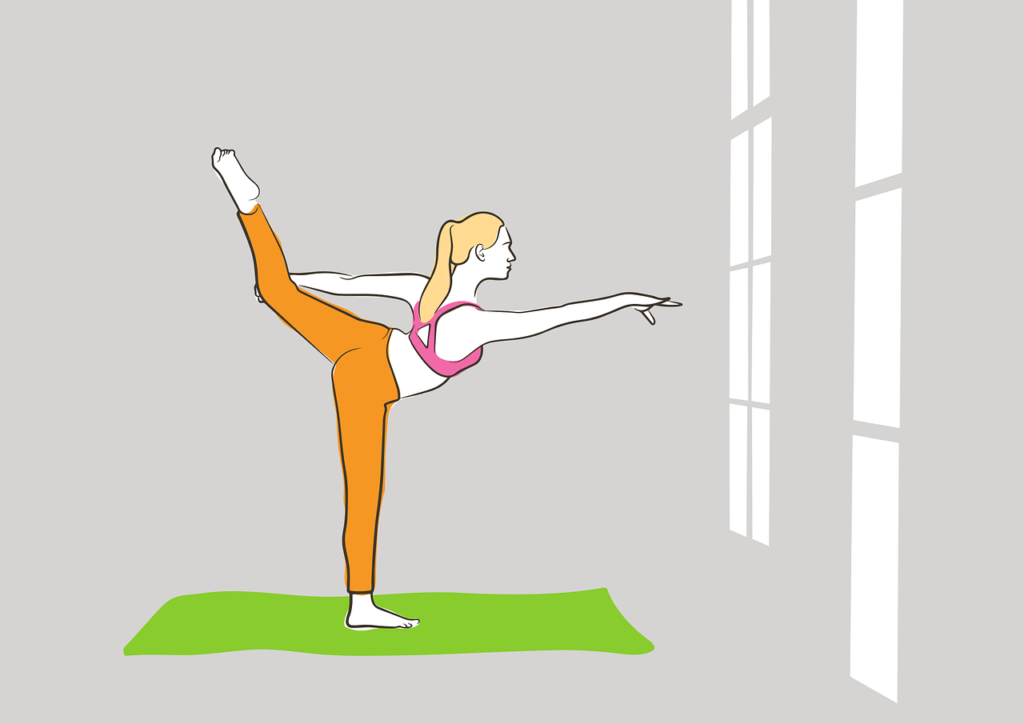What Is Stretching?
The Benefits of stretching. Here, when most people think of fitness they think of cardiovascular and strength exercise. But there is another important component of fitness—stretching. So then, if you want to develop and maintain optimal fitness, be sure to include stretching in your daily regimen. Also, stretching is not only critical to athletic performance, but to overall health.
Stretching refers to a practice of elongating a muscle or muscle group to its fullest length. And though we may not realize it, stretching is actually a natural, instinctive behaviour. Hence, upon waking, most of us will instinctively reach our arms overhead and stretch from fingers to toes. Here, our body naturally craves a “stretch” after long periods of sitting or inactivity. In addition, this natural instinct is your body’s way of telling you that stretching is good.
The Benefits of Stretching
The Benefits of Stretching. Stretching offers numerous health and fitness benefits:
- Relaxation: Put simply, stretching feels good. It’s an excellent way to cool down and relax after an invigorating workout. Furthermore, research has shown that stretching can lower blood pressure and improve artery function. It’s a natural stress reliever.
- Increase flexibility: Flexibility refers to the degree to which an individual muscle will lengthen. As we age, our muscles grow shorter and tighter and we become less flexible. As a result, we become more susceptible to injuries. Stretching is an effective way to maintain and increase flexibility. A regular stretching routine will keep you flexible—and hopefully, injury-free.
- Improve circulation: Stretching increases the blood flow to the muscles, which not only helps to nourish the muscles, but also helps to eliminate waste byproducts from muscle tissue.
- Eliminate pain: Many of us experience muscle tightness in our quadriceps, hamstrings, and hip flexors. What we may not realize is that this muscle tightness is a common cause of low back pain. Short, tight muscles result in impaired movement patterns and compensation, which leads to low back pain. A regular stretching routine can help solve this common problem.
How and When Should I Stretch?
The Benefits of stretching. Stretching regimens should be performed at least three times per week, as well as before and after any games or practices. Be sure to warm the muscles up for 5-10 minutes before you begin stretching. A warm-up consists of a light version of exercise to relax and loosen the muscles, such as shooting a few baskets. The goal is to increase blood flow to the muscles and tendons. (You won’t need to do this after your workout because the muscles are already loose.)
Hold stretches gently for 20 to 45 seconds, repeating each stretch 2-3 times for any muscle groups you are loosening up. Pain should not be a part of stretching. It takes time for muscles to tighten up, so take your time during stretching to achieve maximum benefit.
Dynamic and Static Stretching (Warm-Up Vs. Cool-Down)
The Benefits of stretching. Dynamic stretches are best utilized before your workout or game. These controlled movements prepare the muscles and other soft tissues for the upcoming activity by increasing muscle temperature and decreasing stiffness.
Dynamic stretches include:
- Walking lunge: With hands on hips, step and lunge without allowing the knee to pass over the ankle
- Torso twist: Gentle twisting with feet shoulder width apart and arms at your side bent at a 90° angle
- Leg swing: Front to back slowly through the full range of motion
Static stretching involves moving the muscle to the extent of its range of motion. Although static stretching increases flexibility and thus, decreases the risk of injury, it should be performed after a workout/activity or as a part of your stretching maintenance routine. This is because performing these types of stretches before a strenuous workout can limit the muscles’ ability to react quickly.
Static stretches include:
- Hamstring stretch: With your back flat and knee straight (not locked), extend your leg and lean forward to feel the stretch in the back of the leg
- Quadriceps stretch: Holding your ankle, pull the leg back toward the buttock to stretch the front of the thigh.
- Posterior capsule stretch: Holding your opposite arm just above the elbow, pull the arm across the body to stretch the shoulder.
During any stretching routine, be sure to engage your abdominal muscles to protect your back.
Stretching Tips
In order to gain the benefits of stretching, it’s important to stretch properly:
- Warm up. Never stretch a cold muscle; it can result in injury. Instead, warm up with some cardiovascular activity prior to stretching. This will help make your muscles more pliable and conducive to stretching.
- Breathe. Sometimes we’re inclined to hold our breath when stretching, but this is counterproductive because it results in tightness and resistance. Instead, breathe into a stretch. Breathe slowly and deeply. As you exhale, you may feel yourself naturally sink a little deeper into the stretch.
- Be gentle. Never force a stretch. Instead, gently ease your way into a stretch and let your body dictate how far you can go. Flexibility will naturally increase over time—forcing a stretch will only result in injury, not increased flexibility.
- Be consistent. The best way to build flexibility is with a consistent stretching routine. Aim for 3 to 5 days per week. If you commit to a stretching program, you will see results.
In Conclusion
Important Note *
Remember that everyone is different, and it is ultimately YOUR RESPONSIBILITY to find what your body responds to. So please do your due diligence before trying anything new, including getting Medical Advice to ensure your safety and peace of mind.
Connect with me and leave a comment or two on my social media.





4 replies on “The Benefits of stretching”
Thank you for useful tips of body stretching.I am immensely benefited by your posts. I am 71 now.
Hello, K.V.Ramana thank you for taking the time to comment, I am happy you are enjoying the posts I send out, Kind Regards Ian
Would it be asking to much to post pictures or drawings of your exercises? It would make it easier for me to understand. I really appreciate your effort to help us older people, get back into shape. Have a wonderful day Ian. Take care.
Hi Ray, Each time I post exercises, I explain the exercise and show a picture, then at the end, I produce a video demonstrating the exercises, unfortunately I have absolutely no skill for drawing the only thing I can draw is my pension, Take care Ian